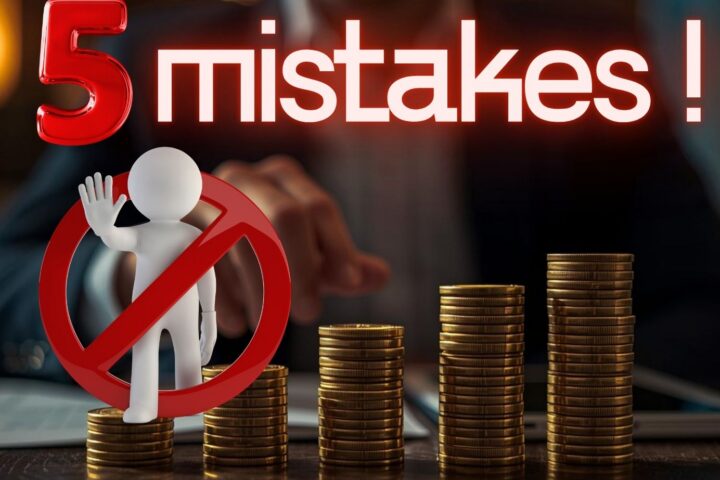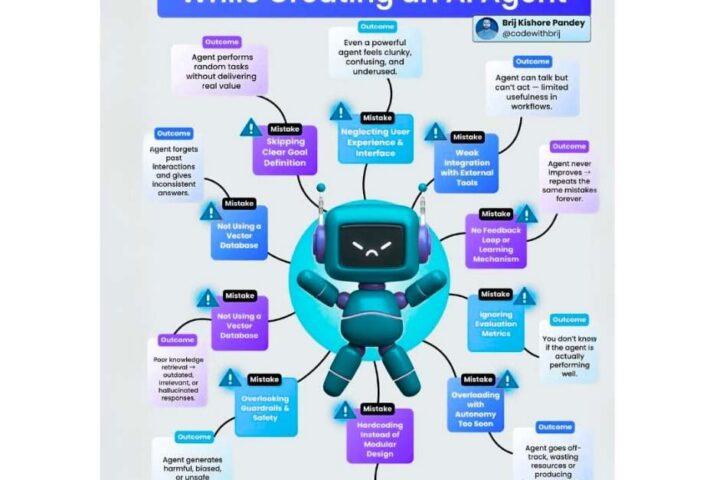Marketing for B2B and B2C customers is becoming more and more similar as time passes. Sure, it is still true that most B2B purchase decisions, unlike B2C purchase decisions, are not made on the basis of emotions. On the contrary, B2B decisions are made using logical factors like cost-benefit analyses and a product’s or service’s ability to meet specific requirements.
However, what most of us forget is that even these logical considerations are being made by real humans. While it is true that your solutions and communication must be more centered towards how your product or service addresses their pain points, being able to engage them is still important.
Think about it, no board of directors will ever take a logical decision to purchase from a company they don’t know about, or don’t like as individuals.
The truth is, especially in the case of digital products, that there is an insane amount of competition. There are several products that get the same job done, with small differences in their functionality. While these small differences surely do make a difference, emotions still play a critical role in B2B purchase decisions.
If your product is up against a competitor but your brand has been able to engage the decision makers better, your product stands a better chance of being selected and purchased.
With that said, customer engagement for B2B products, especially in the digital landscape, may be a new concept for many businesses. For the same reason, it might be confusing for many B2B businesses to figure out how and where to start their customer engagement initiatives.
If you have found yourself struggling with a similar problem, you have come to the right place. Let’s look at a few ways your B2B business can engage its customers:

Understand Your Customer’s Customer
If you have a B2B product or service, there is a good chance that you are enabling your customers to be more efficient at serving their customers. Even if your product/service does not directly contribute to the experience of your customers’ customers, it can still influence it indirectly.
For instance, if you are an accounting software meant for small businesses, your product is not really a customer-facing product. Yet, the features your product contains decide how much more time does a bootstrapper business owner get to improve the quality of their own deliverables.
Understand how your product makes the lives of your customers easier and also understand how it influences their customers’ experience. This way, you can think about ways in which your product or service can make your customer more attractive to their customer, giving you a much better positioning than any of your competitors.
Knowing about your customers’ customers will also enable you to create educational marketing material that actually interests your customers and delivers benefits to them, incentivising them to engage more with your brand. You can deliver insightful and relatable information through all sorts of channels including social media and email. However, the best effect of this will be seen in the conversations your sales reps, marketing team, and support staff have with your customers.
Make A Customer Journey Map And Use It To Deliver Personalization
This 2017 survey by Demand Gen Report found “continued increases in complexity and timelines for B2B purchases”.
The reason behind this is quite simple, in hopes of making smarter and safer purchase decisions, businesses are involving more departments and individuals in their decision making process.
With the current situation where most teams are operating with remote resources, this cycle has become even longer and more complex, with more opportunities for a potential customer to simply ‘drop’ off your radar.
Understanding this process, however, can give you business an edge. With that said, simply understanding your buyer’s journey is just one part of the 2-step plan to achieve success. The other part is supplementing your lead generation efforts with relevant and quality content while building an inbound lead generation pipeline.
The latter takes time but simply producing the right content for your top-of-the-funnel prospects can help you generate more qualified leads.
Understanding your buyer’s journey is simply a part of understanding your buyer and their pain points. Once you do that, you can start delivering personalization at scale, allowing you to build lasting relationships with several potential customers in a relatively shorter period of time.
I know that producing enough content to make this plan possible will demand a handsome investment of time and money. However, looking at how much B2B customers value personalization, this investment, when paired with the right efforts, can potentially drive incredible ROI. Here are just some of the stats from the same 2017 survey mentioned earlier that support the value of personalization:
- 66% respondents said it is “very important” for websites to “speak directly to the needs of their industry”.
- 75% of respondents said “relevant content that speaks directly to our company” was a crucial aspect for them when evaluating a potential vendor’s website.
- Over 90% of respondents highlighted the importance of sales teams that had insights about personalized company needs.
- 32% respondents said that targeted ads positively impacted their view of a potential vendor.
Investing in content is a long term game but when the results start becoming apparent, the response is usually positively overwhelming. Every marketing agency worth its salt has understood this and now, it is time for other B2B businesses to catch up.
The incredible thing is, content marketing’s benefits aren’t limited to lead generation. The content you produce will also work toward improving visibility of your business and establishing you (or your business) as an authoritative source of quality information that is relevant to the leaders in your niche. Finally, as your website checker will tell you, more content will help you target a wider range of keywords while improving your chances of attracting more natural backlinks.
Look Beyond Support And Invest In Customer Success
Customer support is an obviously important aspect of any business, regardless of who it is serving. That’s why, it wouldn’t be a wild guess if I said every business owner reading this article has somewhat perfected their customer support process.
However, as customers become more demanding and the market becomes more competitive, simply offering quality support is not enough. Now, B2B companies must invest in customer education and success. You must invest in creating successes that are worthy of their own case studies. When a customer receives the kind of support they need to achieve “success” with your product or service.
Besides turning a good percentage of your customers into advocates, this strategy will ensure your customers constantly have something to look forward to with your brand. Customer success training can be delivered in a number of ways. Some ideas are:
- An introductory ebook that covers tips and tricks that aren’t included in the initial product demo or onboarding. Since onboarding usually only explains how different features of your product work, your customers may find themselves lost when trying to make those features work for them. The ebook can cover various use cases of your product and how your customers can execute commands and complete specific tasks using your product.
- Exclusive customer-only webinars that focus on specific customer challenges that your product helps them overcome. If you have a digital product with different membership plans, you can make such events even more exclusive by making them available and relevant to your highest paying customer. This strategy, when executed well, can even potentially help you increase your average LTV.
- Email courses have recently become a popular tool for delivering customer education. These are popular particularly because sending educational material in the form of text-only emails, or in the form of emails that contain a few explanatory graphics and screenshots, is easier than producing video training content. At the same time, since these courses are usually broken up into several different emails, the element of microlearning enables customers to better grasp concepts, ultimately equipping them with better chances of achieving success with the product. Not to forget, these courses also keep your customers on their toes, always looking forward to the next email from your company. If that isn’t quality customer engagement, I don’t know what is.
Investing in customer success doesn’t always have to be expensive or time consuming. With that said, even when it is, the results are often well worth all the effort and investment involved.
The list of customer education ideas mentioned in this section is not exhaustive by any measure. Feel free to get creative and deliver engaging customer education in any innovative ways you think are fit for your audience.
Collect Feedback Regularly And Use It To Improve Consistently
On the outside, collecting feedback may not seem like much of an engagement activity. However, the case is quite different. Collecting and acting upon feedback allows you to serve your customers better, while also making them feel like your business cares about them.
Think about it, if one of your vendors or service providers ask you for feedback and then improve based on your suggestions, wouldn’t you feel special? If your answer to that question is yes, remember that your customers are businesses but they are powered by people that are just like you.
The best part is, the benefits of collecting and implementing feedback aren’t limited to making customers feel special. When you use customer feedback to improve your product or service, it automatically becomes more desirable. Moreover, this practice will enable your business to be proactive and identify and resolve common problems that your customers face, so that your newer customers get a better experience.
Pro Tip: If a specific feedback from a specific customer helps you improve your product, make sure you let them know about it with a token of appreciation. It can be anything, like a simple email thanking them for their honest feedback and informing them that you have used their feedback to improve your product/service. If, however, you are feeling generous, you can even offer discounts to such customers. Doing this is surely going to turn a lot of these customers into brand advocates that spread a positive word-of-mouth.
Conclusion
As mentioned in the title of this article, these were just some of the easy ways to engage your B2B customers. Once you begin putting in efforts to better engage your customers, you can start learning about more complex and more effective ways to engage your customers in a way that increases your company’s average LTV, while also helping you propagate a positive word-of-mouth that in turn, helps you bring in more paying customers.
Have you been trying to engage your B2B customers? How has the experience been? What strategies have worked for you? Share with me (and everyone reading this article) in the comment section below.
Author Bio

Vaibhav Kakkar is the Founder and CEO of Digital Web Solutions, a globally trusted agency with a full suite of digital marketing services and development solutions. Vaibhav believes in building systems over services, and has helped scale up agencies from scratch to niche-leaders with million dollar turnovers.









